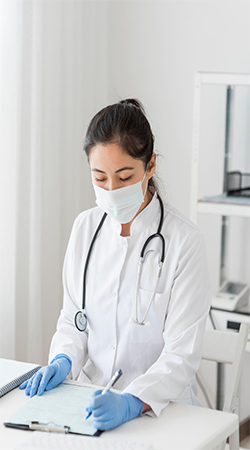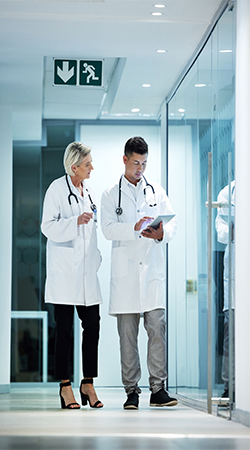Dr. Kurt Vernon, "The GI Guy," is a trusted leader in gastroenterology, providing compassionate care with advanced technology and a holistic approach. With over 20 years of experience, Dr. Vernon specializes in diagnosing and treating a wide range of digestive conditions, from acid reflux to colon cancer. Serving the Greater Raleigh Area with locations in Fuquay-Varina and Dunn, NC, our mission is to exceed your expectations by offering personalized, patient-focused care.











